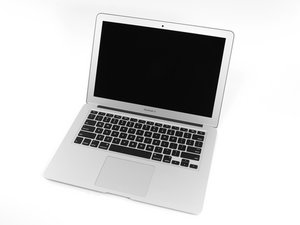Typically, isopropyl alcohol is seen as a steriliser. We use it for cleaning boards with a cotton bud, or use it with a cloth to clean casing, but that on its own will not break down and remove corrosion.
It also cannot repair damaged components.
In essence, a bath of any kind can only help to clean the board, it is not a miracle answer to fixing a liquid spilled board.
There is no set way of repairing a liquid spilled machine, as the symptoms and damage can vary so widely to be honest, but hopefully theses tips will help.
Typically, the liquid isn't what causes the damage on its own. you can drop liquid on an electronic device and let it try, and it wont always cause any problems if it is not connected to any power.
The problem is when you mix electricity with liquid. it causes shorts and sparks that damage not only components, but data tracts, which cannot easily be repaired. (and always require components level repair work)
The best course of action is to always remove the battery and power as soon as possible.
then begin the cleaning process.
The method we use is as follows:
Remove the board and complete a full inspection, cleaning the board with isopropyl alcohol and checking for blown components.
We then remove all labels, stickers and heatsinks, then put it in a sonic bath with one part PCB ultrasonic solution and nine parts Deionised water.
The fluid on its own doesn't help clean under the microscopic components found on logic boards these days. its the ultrasonic waves of the sonic bath that does the work. (changing the fluid regularly is important, but cleaning all possible residue off before putting the board through the bath helps keep it clear for longer)
We then put the board in an oven at a very low temperature over a 24hr period to ensure it is thoroughly dried out before being powered on. If you try to rush it and test it too soon, you can find faults that are caused by intermittent connections or the cleaning solution not being thoroughly dried out.
So i'm not surprised that you didn't get a working board out of the job, but such is the nature of liquid spilled boards. more than likely there was some irreparable damage caused to the board from the liquid spill initially. But dont give up on the process too soon. we see extremely good results from our cleaning processes, it just takes patience and an up front investment in some machinery to do an effective job. But understanding the cleaning processes limits is important, as it will not help revive a board that has already blown or damaged components.
I'd also look to use alcohol as a manual cleaning solution, and look to get a sonic bath if you regularly need to deep clean boards, as its much more effective. they dont cost that much, but can be a real life saver on even some of the worst looking boards.
I hope this helps.

 1
1  2
2 
 23
23